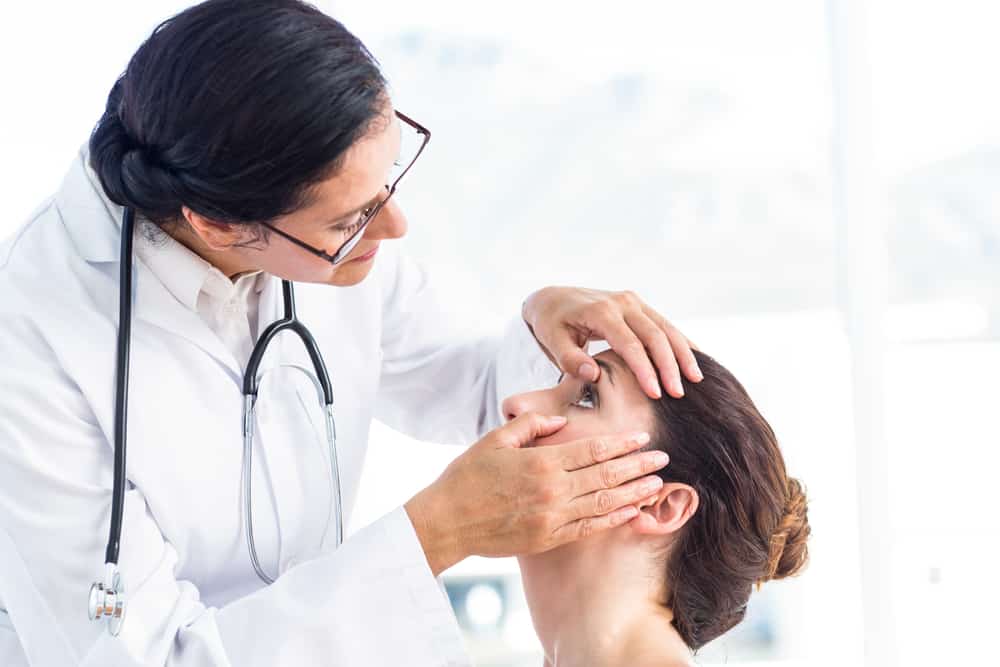Something feels a little “off” near your eyelid. It’s more than a tickle, and you’ve ruled out any stray specks of dust or eyelashes in your eye. Over the course of a few days, you feel your eyelid growing a bit more tender and swollen until you develop a tiny lump, no larger than the size of a pea. You might think the lump is a stye, which is a sign of a common eye infection. But the lump might actually be a chalazion, which is distinct from a stye. But what are chalazia?
What Are Chalazia?
Symptoms of Chalazia
As we mentioned above, a chalazion is a small lump or swelling that appears on your eyelid. While chalazia can become red and tender, they are not typically painful and can disappear without medical support. You might find a chalazion on your upper or lower eyelid. They are small, rarely growing past the size of a pea.
While it can be easy to confuse a chalazion with a stye – they are, after all, both small bumps that form on your eyelid – these are actually different conditions. Styes indicate an infection of the meibomian gland, whereas chalazia do not point to infection. Styes are usually more painful than chalazia.
Causes of Chalazia
The American Optometric Association explains that a chalazion is caused by a blockage in the meibomian glands of either the upper or lower eyelids. These glands produce oil, which helps to moisten the eyes. But when these glands get blocked or inflamed, chalazia can form. While chalazia aren’t usually indicators of serious health conditions, they are more common in patients with inflammatory conditions like diabetes, seborrhea, rosacea, or chronic blepharitis. Chalazia can also form if you already have conjunctivitis or another eye infection. There are several other situations that may put you at risk of developing chalazia:
- A history of developing styes or chalazia
- Failing to completely remove eye makeup on a regular basis
- Using old or expired cosmetics
Treating a Chalazion
Don’t touch the lump, which can cause irritation. Instead, you should apply a warm compress to your eyelid four times per day to help reduce swelling. If your chalazia is painful or growing more irritated by the day, it may be time to talk to your doctor. Your doctor may recommend outpatient treatment, which can be as simple as massaging the lump a few times per day. Additionally, your doctor may prescribe eye drops or creams. If the chalazion doesn’t go away or becomes painful, your doctor may recommend a corticosteroid injection with surgical intervention.
_____
So, what are chalazia? Not to be confused with styes, these harmless eyelid swellings are caused by inflammation in the tiny glands near your eyelashes. While chalazia typically go away on their own, reaching out to your doctor is always a good idea. An expert like an optometrist can help advise you if you’re experiencing any pain, discomfort, or swelling.
Since 1975, the Heffington family has been assisting the Springfield community with top-quality eye care and affordable eyeglasses and contacts. One of the unique features of our family-owned business is that we manufacture lenses at our own laboratory, giving us total control over the service and pricing, and we’re happy to pass our savings on to you. To learn more about our products and services, please get in touch with us online, send an email to [email protected], or give us a call at 417-869-3937 (Optiland location) or 417-882-3937 (House of Vision location). We look forward to hearing from you!

